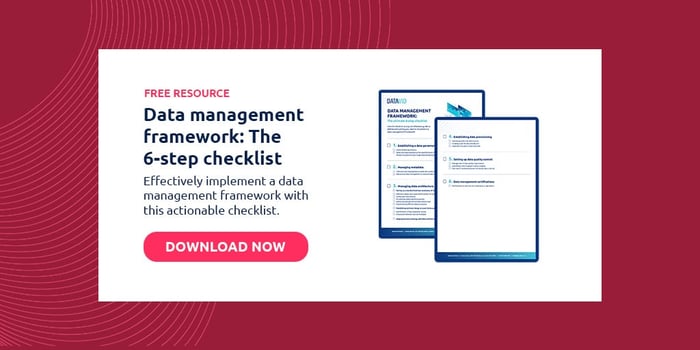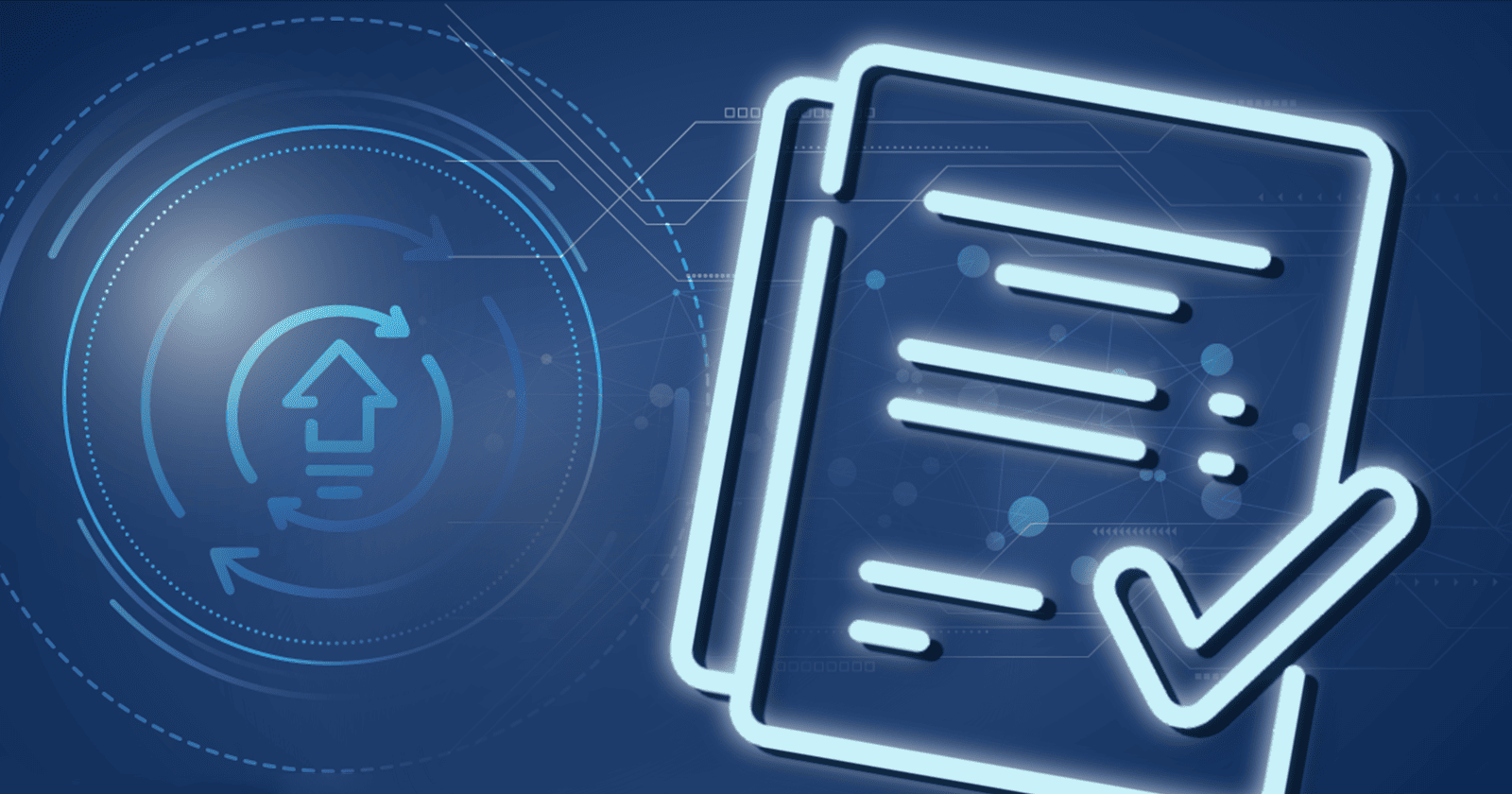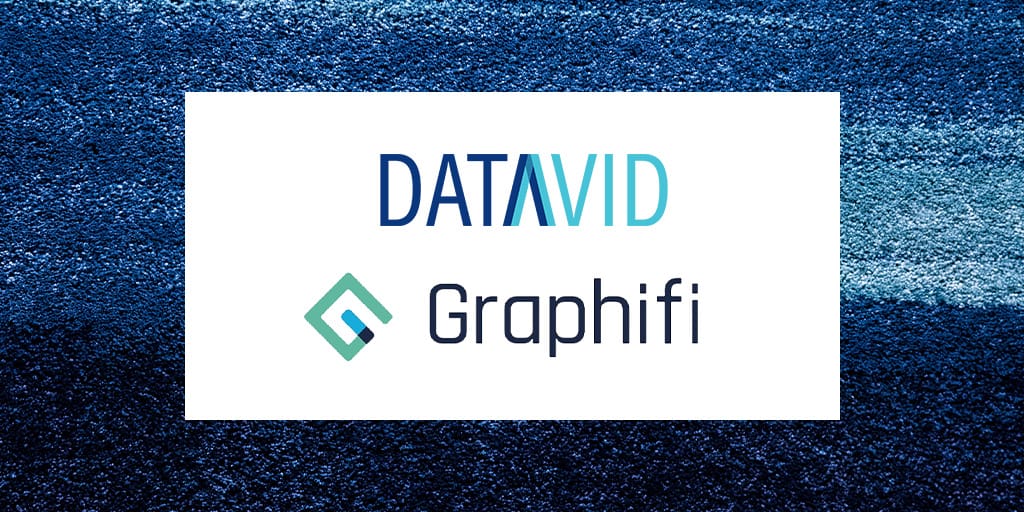2 minute read
The quick guide to data-driven intelligence (DDI)
You often hear the term "data-driven" today, but how does it apply to the world of intelligence? Here's an article on data-driven intelligence.
Table of contents
Data-driven intelligence (DDI) refers to the practice of making strategic decisions by methodically collecting existing data, analyzing it, and extracting meaningful insights to accurately represent reality.
This approach unlocks your data’s potential, enabling decision-making based on facts rather than gut, instinct, emotion, or past experiences.
The benefits of data-driven intelligence
Data-driven intelligence is an umbrella term that encompasses big data, Business Intelligence (BI), data analytics, and data modelling.
At Datavid, we like to shorten it simply to “data intelligence”.
So, what are the benefits of DDI?
- It helps management be more confident in making decisions because it is an objective and qualitative process that eliminates any biases or assumptions.
- DDI increases transparency and accountability, as qualitative data supports management decisions, which in turn trickles down to all employees.
- It can be used by organisations of any size—from startups to enterprises—to facilitate change management and foster innovation.
- The data makes it easier to monitor incremental changes, facilitating early detection of business opportunities and response to market changes.
Like any new process, DDI requires some homework and implementation. If you want to invest in it, it’s important to get it right from day one.
5 steps to implementing DDI effectively
Data forms a crucial part of any organisation, yet implementing a “data-driven” approach remains elusive. Many people tend to have a “data denial” mentality, where their assumptions become stronger than facts.
Most organisations struggle when dealing with large volumes of data, especially if their goal is to make it a universal basis for decision-making.
This is why we’ve planned out 4 key steps for you to follow:

Step #1: Setting goals and objectives
Goal-setting starts at the very top and flows downstream. This sets an expectation that decisions should be driven by data. Goals should be specific and measurable.
The next step is to examine business objectives more closely to outline what we have set out to achieve. Then, we build the strategy around the objective.
Step #2: Collecting data
Collecting data is probably the most important part of the entire process. It may come from external or internal sources, integrated or standalone.
It could also be qualitative as well as quantitative.
At this stage, you need to determine the available and unavailable data based on your primary goals and objectives.
Step #3: Analysing the data
This will require upskilling the employees, especially non-technical people. They might be unwilling to venture into something completely new.
Specialised training is required to analyse data from both a quantitative and qualitative perspective. A subject matter expert is best suited to the latter.
Step #4: Extracting and presenting insights
This is the final and most important step. How the findings are presented and to whom is the key to the entire puzzle.
Do the insights align with the goals you set out to achieve? Having them presented visually and outlining the risks (and rewards) will help decision-makers immensely.
Leveraging DDI for your enterprise company
Becoming a data-driven organisation is transformational, and it pays dividends. Trickling down from top management, DDI makes data the central asset to leverage for growth.
This leads to faster and more informed decisions.
Companies like Datavid enable data intelligence across departments.
Thanks to solutions like Datavid Rover, you can simplify data ingestion, processing, and analysis by automating manual tasks—lowering expenses and adding value.
Frequently Asked Questions
What is data driven intelligence technology?
Data-driven intelligence technology applies advanced analytics and machine learning to extract insights from large data sets, enabling organisations to optimise operations, make informed decisions, and gain a competitive edge.
What are the different types of data intelligence?
The different types of data intelligence include descriptive intelligence, diagnostic intelligence, predictive intelligence, and prescriptive intelligence.
What is an example of data intelligence?
An example of data intelligence is using customer purchase history and preferences to create personalised product recommendations.




